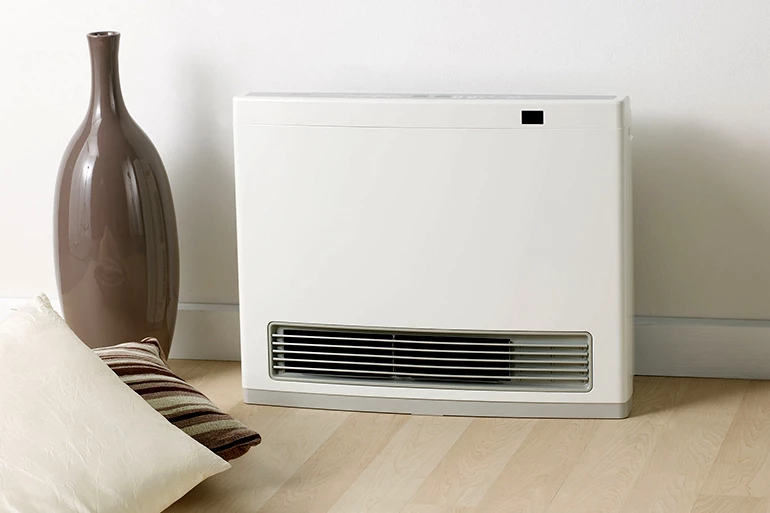Room Heaters Buyer's Guide
Which room in your home is always cold in the winter? Maybe it's the additional bedroom that's too far from the main furnace. Or perhaps it's your drafty sun porch or garage workshop. It could even be the main living areas that need a little extra heat. Room heaters offer a solution that is both effective and cost-efficient.
Take the drafty sunporch as an example. Maybe you feel like it's wasted space during the winter because it's just too cold to enjoy. One option would be to turn up your entire furnace until it warmed up, but not only would your heating bill skyrocket, the rest of your living space might be stuffy and hot.


